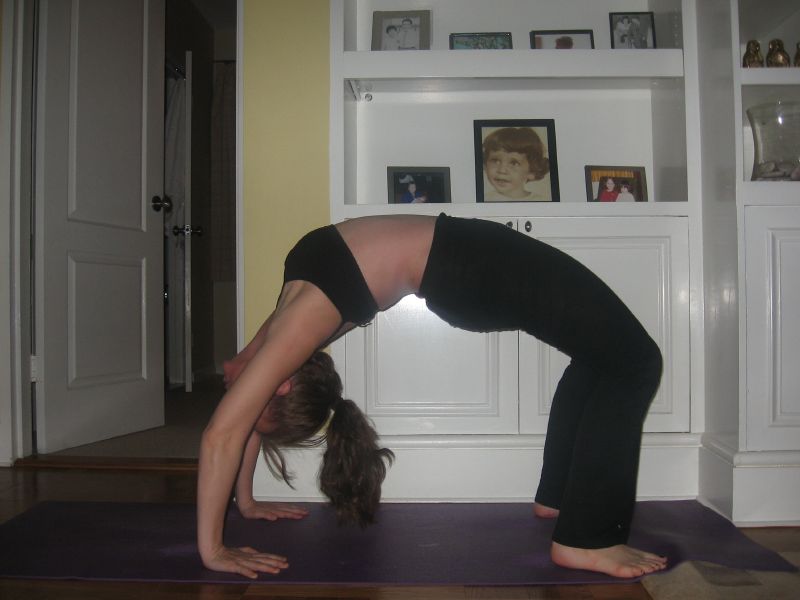Pranayama Poll
So, 13 people responded to the last poll question: "Who is ultimately responsible for defining and maintaining the boundaries between yoga teacher and yoga student?" Nine of you said that it is the teacher's responsibility. Four of you said it is BOTH the student and teacher. No one said that the student is ultimately responsible for his or her behavior. As a teacher, I agree that it is not up to the student to make sure that the boundaries stay clearly defined, and I would go so far as to assert that my view is that the ultimate responsiblity for defining and maintaining boundaries lies with the teacher.
Next poll: Pranayama. Recently, it was widely reported that a Norwegian prison was forced to terminate its yoga program due to the prisoner/students becoming irritable and agitated following classes. There are those out there who believe that the problems experienced by these prisoners/students is attributable to pranayama, and specifically, pranayama taught/led by those who do not understand the power of pranayama and the dangers that can ensue if that power is not properly harnessed. It is my understanding (correct me if I am wrong) that SKPJ does not teach any pranayama (save for Ujayii breathing) to students of Ashtanga until they have reached Second Series (which is called "Nadi Shodana", which is defined as "nerve cleansing" but also refers to a specific pranayama technique involving alternate nostril breathing). In other schools of yoga, pranayama is introduced early on. For example, at Om, even Basics classes include pranayama of some kind. At Jivamukti, most classes (if not all) include a round or two of Kappalabhati breathing. Same with Bikram classes (although the Kappalabhati technique at Bikram involves mouth breathing, rather than nasal breathing). Somewhere in between is the view expressed in Iyengar's Light On Yoga, which points out the dangers of certain types of pranayama (for example, breath retention) without having a mastery of other, less challenging, less powerful pranayama techniques.
An interesting mini-debate on the topic of pranayama took place on E-Sutra's Worldwide Yoga Blog. You'll notice that I, Yoga Chickie, attempted to weigh in on the debate, but got stomped on pretty badly by some of those for whom breath is not merely a powerful tool and the one thing that separates us from being dead, but also their daily life's work and their daily bread, so to speak. I highly recommend checking out the link if only to see the intensity with which some will speak about something as seemingly basic as breath. (And then there is the final comment on the debate, which made me "lol").
So, long story short, there are those out there who believe that the breath is a powerful and even potentially dangerous tool and that learning to work with the breath should be tackled only by students who are already advanced practitioners of asana. And there are those who believe that pranayama should be taught right alongside of asana. To weigh in, go to the poll in the sidebar....and feel free to comment here....
YC








3 comments:
Lauren,
Thank you for reading my journal and for your thoughtful comments. Being a physician causes trouble in yoga practice, since I am attached to pager and phone in a way that does not allow me to leave them behind during practice. But it adds to my practice since my intention is to be the best physician I can be, which means answering my calls no matter what.
All the best to you, my new friend.
Namaste,
Claudette
hi, in my opinon, if you follow the practice of sri kpj, you should leave pranayama alone until you are ready, keep doing the first three limbs, as he says, practice and all will come....
greetings, ivdp
if my memory serves me, i think guruji doesn't start teaching pranayama until (1) third series, and (2) the student can sit comfortably in padmasana for at least 2 hours. as far as i know, eddie doesn't teach pranayama period. if you've read the search for secret india (fantastic book), the author describes some students who practiced pranayama without proper instruction and suffered irreversible consequences because of it.
i'm sure there are certain pranayama techniquest that are relatively harmless (ujjayi breath, for instance), but why take the risk?
Post a Comment